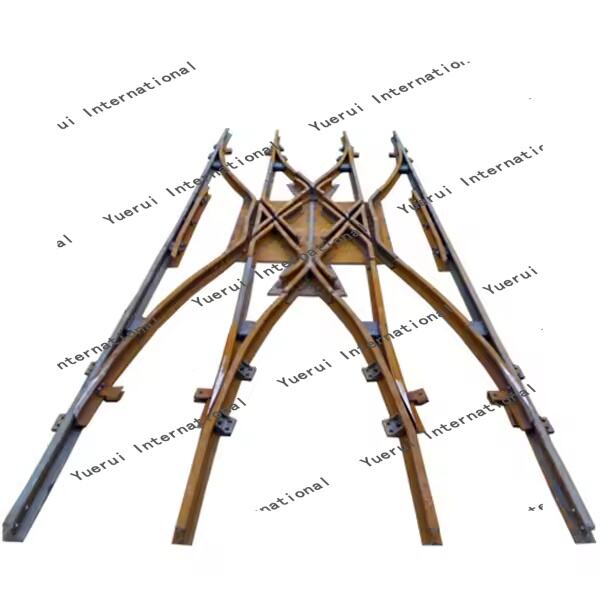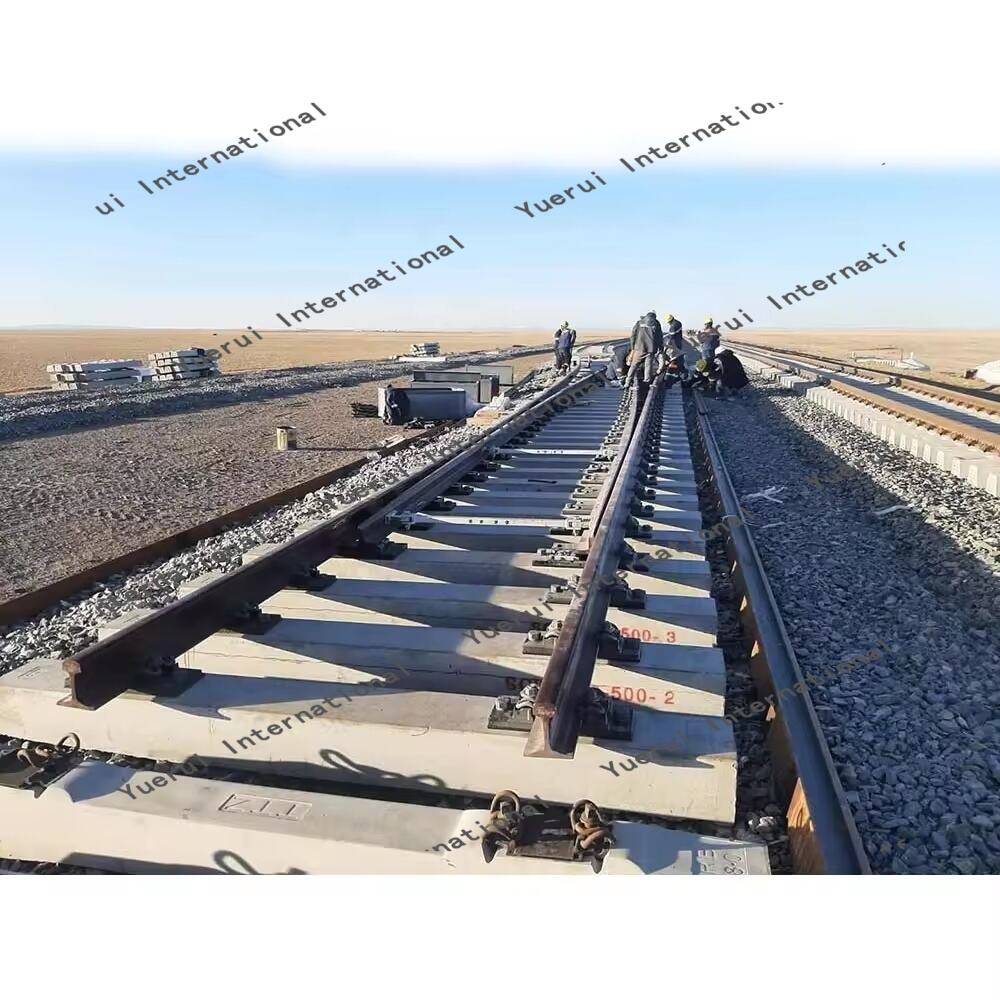Understanding the Vital Elements of Modern Railway Track Switching
Railroad switches represent one of the most crucial elements in railway infrastructure, enabling trains to seamlessly transition between tracks. These sophisticated mechanisms, composed of multiple precision-engineered components, ensure the safe and efficient movement of rail traffic across vast networks. Let's explore the intricate parts that make up these essential track systems and understand how they work together to keep trains running smoothly.
Core Components of Railroad Switches
Switch Points and Stock Rails
At the heart of every railroad switch are the switch points and stock rails. The switch points are movable rails that can be adjusted to direct trains onto different tracks. These tapered rails work in conjunction with the stock rails, which are the fixed outer rails of the switch assembly. The precise machining of switch points ensures they fit snugly against the stock rails when in position, providing a smooth transition for passing trains.
The switch points are carefully designed with a specific angle and taper to facilitate gradual movement of train wheels from one track to another. Modern switch points often incorporate special hardened steel compositions to withstand the intense wear and pressure from frequent train passages.
Frog and Guard Rails
The frog, also known as the crossing nose, is a crucial railroad switch component that manages the intersection point where two rails cross. This specially designed piece allows wheel flanges to pass through the gap where the rails intersect. The frog point is reinforced to handle the impact and wear from train wheels passing over this critical junction.
Guard rails work alongside the frog to ensure wheels maintain proper alignment through the switch. These rails prevent wheels from taking the wrong path at the frog point and help distribute the lateral forces that occur during switching operations. The precise positioning of guard rails is essential for safe train passage through the switch assembly.

Switch Operation and Control Mechanisms
Switch Stands and Throw Mechanisms
The switch stand serves as the manual or powered mechanism that controls the movement of switch points. Traditional manual switch stands use a lever system that railroad workers operate by hand. Modern installations often employ electric or hydraulic switch machines that can be controlled remotely from signal towers or automated control centers.
These mechanisms must provide reliable operation under all weather conditions and maintain precise alignment of the switch points. The throw rod assembly connects the switch stand to the switch points, transferring the mechanical force needed to move the points between positions.
Lock and Detection Systems
To ensure safety, railroad switches incorporate sophisticated locking mechanisms that prevent unauthorized or accidental movement. These locks secure the switch points firmly against the stock rails when trains are passing. Detection systems monitor the switch position and confirm proper alignment before allowing train movements through the switch area.
Modern switch installations often include sensors and electronic monitoring equipment that integrate with broader railway signaling systems. These components provide real-time status updates and can automatically prevent train movements if switch alignment issues are detected.
Support and Connection Elements
Switch Plates and Tie Plates
Special switch plates provide stable mounting surfaces for the various railroad switch components. These reinforced plates distribute the load across multiple ties and ensure precise alignment of moving parts. Tie plates secure the rails to the underlying ties while maintaining proper rail cant and gauge.
The design of switch plates must account for the additional forces present in switch areas, including the lateral pressures created during turning movements and the impact forces from trains passing through the switch at speed. High-quality materials and precise manufacturing ensure these components maintain their integrity over years of service.
Fastening Systems and Braces
Specialized fastening systems secure all railroad switch components while allowing necessary movement of switch points. These include adjustable rail braces, clips, and bolts designed specifically for switch applications. The fastening system must maintain proper gauge and alignment while withstanding the vibration and stress of regular train passages.
Switch rod assemblies and braces provide additional support and ensure synchronized movement of switch points. These components require regular inspection and maintenance to prevent wear that could affect switch operation.
Frequently Asked Questions
What is the typical lifespan of railroad switch components?
The lifespan of railroad switch components varies depending on usage, maintenance, and environmental conditions. Under normal circumstances, major components like frogs and switch points typically last 8-12 years, while support components may need replacement every 5-7 years. Regular maintenance and inspections can significantly extend component life.
How do weather conditions affect railroad switch operation?
Weather can significantly impact switch operation, particularly in extreme conditions. Snow and ice can prevent proper movement of switch points, while heat can cause rail expansion that affects alignment. Modern switches often include heating elements and weather protection systems to maintain reliable operation year-round.
What maintenance do railroad switches require?
Railroad switches require regular inspection, lubrication, and adjustment of moving parts. Maintenance teams check for wear patterns, proper alignment, and secure fastening of all components. They also test operating mechanisms and detection systems to ensure reliable performance. Typical maintenance intervals range from weekly visual inspections to annual detailed assessments.

